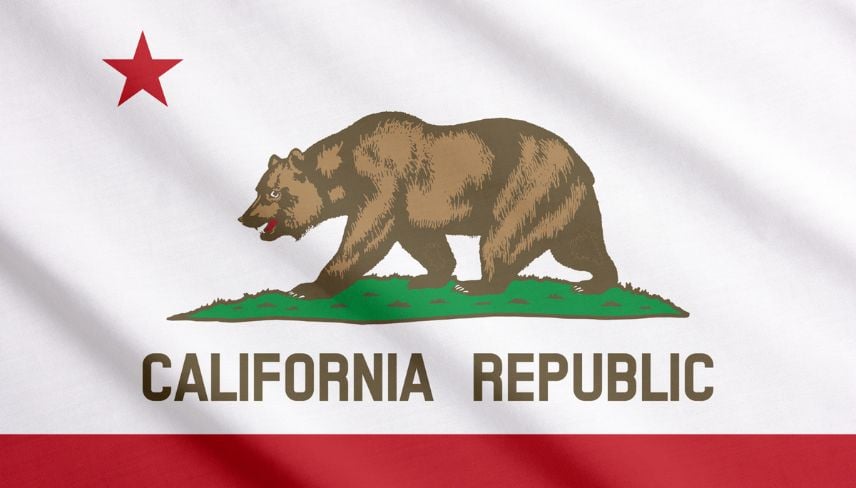Significant New Updates to the California Proposition 65 Warnings

05 Feb 2025
Know the Major Updates to California Proposition 65 Warning Requirements
Major updates to the California Proposition 65 warning requirements were announced in December 2024. If any of your products currently carry a Proposition 65 warning label, these changes may directly impact your company.
Background
Proposition 65 (Prop 65) is a California right-to-know regulation that mandates businesses to inform consumers if their products contain chemicals listed by the State as known to cause cancer or reproductive harm. Failure to comply with the regulation may result in a Notice of Violation (NOV) and, possibly, legal action against the violator.
Although compliance can come in many forms, several companies opt to label their products with the appropriate “clear and reasonable” warnings. The California Office of Environmental Health Hazard Assessment (OEHHA) provides both “short‑form” or “long‑form” warnings, both of which meet this definition of “clear and reasonable”, as outlined in the regulation.
What is changing?
In December of 2024, OEHHA released the final statement of reasons regarding the changes to the Proposition 65: Clear and Reasonable Warnings – Safe Harbor Methods and Contents. The most significant change is the requirement of short‑form warnings to include at least one chemical name for each applicable endpoint (i.e., cancer or reproductive harm). Previously, short‑form warnings did not require any chemical names to be disclosed.
As this change may impact a large number of businesses, OEHHA is allowing a 3-year phase‑in period to help accommodate the change. Normally, the phase‑in period is much shorter. Furthermore, the changes would only apply to products manufactured after the phase‑in period. In other words, products manufactured before January 1st, 2028 can still use the old short‑form warning language regardless of when they are sold.
It is worth nothing that OEHHA is also expanding this revised short‑form warning to include food products. Short‑form warnings were not previously an option for food products. This means food manufacturers can choose between the existing long‑form warnings and the new short‑form warnings.
In addition, new tailored warnings have been added to the regulation specific to automotive and recreational boat parts.
This change is significant. The short‑form warnings are a popular labelling choice as they take up less precious label space and they do not require the disclosure of any chemical names, which in some cases can be proprietary. Although there is a 3-year phase‑in period for these changes, it is advisable to prepare for these changes as early as possible. The last thing anyone would want is an NOV for an out-of-date label. Having a strong plan in place can make the transition easy and seamless.
How can Intertek help?
Intertek can provide labelling guidance services to ensure all your products are being labeled appropriately to comply with the new regulation. If you are unsure which chemicals need to be included on the label, Intertek can screen your products to determine which chemicals are present or are likely to be present.
If you are concerned the new labelling requirements might impact sales, or you are unsure about disclosing chemical names, Intertek can conduct an exposure assessment to determine if the uses of your products meet the appropriate safe harbor levels. If exposure to listed chemicals falls below the safe harbor levels, labels may not be needed.
Our experts can help determine the best path-to-market for your product.
Intertek’s California Proposition 65 Services Include:
- Warning label requirement services
- Supply chain analysis and data collection
- Compliance assurance process implementation and certification
- Chemical screening, testing, and analysis
- Risk assessment for California Proposition 65 substances and development of compliance strategies
- Preparation of Proposition 65–related positional statements for your company (e.g., providing arguments against the listing of a chemical on the Proposition 65 list or for de‑listing a chemical)
- Derivation of “no significant risk levels (NSRLs)” and “maximum allowable dose levels (MADLs)” for chemicals without OEHHA-derived safe harbor levels
